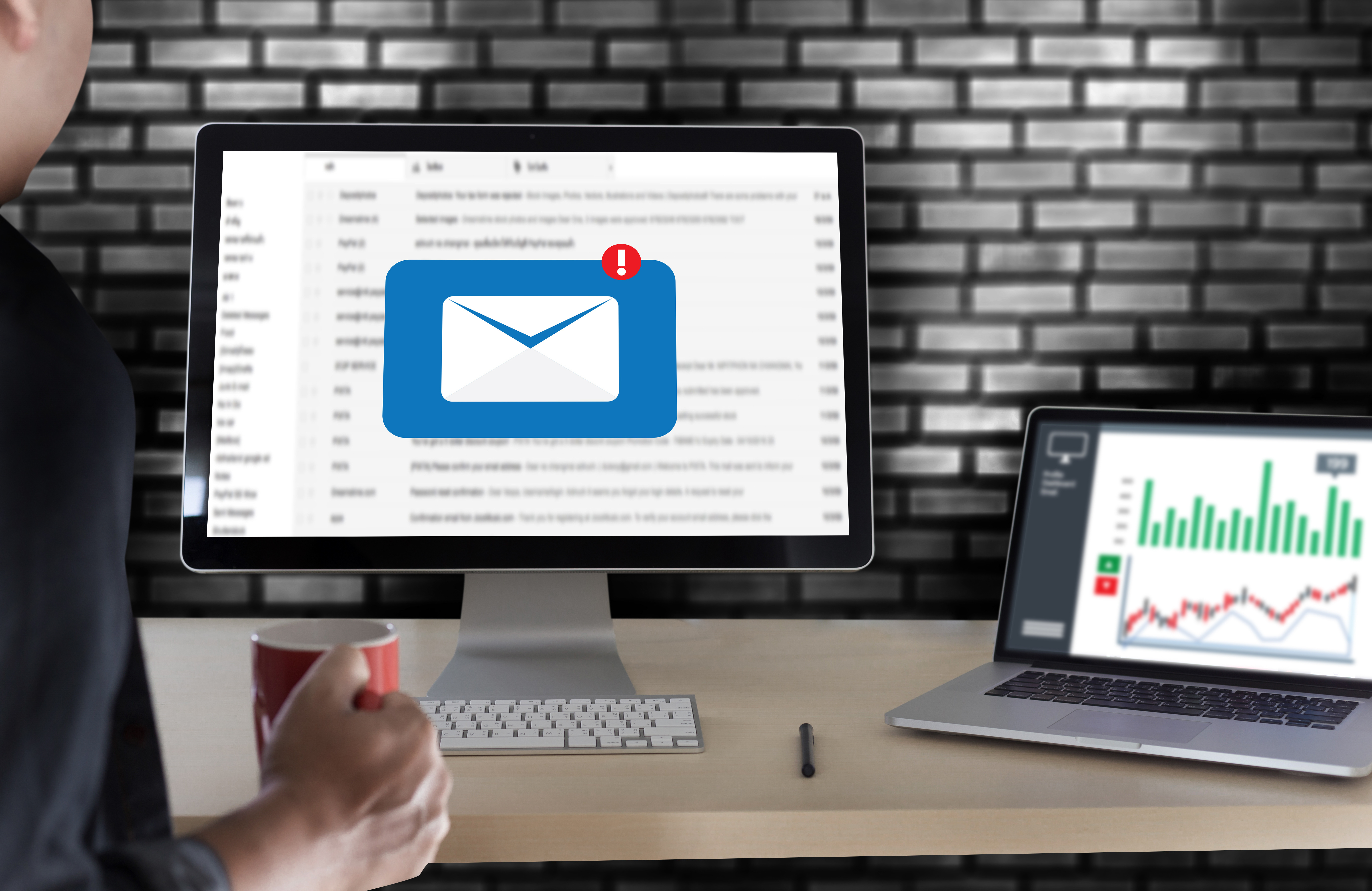Email marketing can be a powerful force, but if you’re relying completely on the tools built into your email platform, you’re missing out on a lot of high-value data.
Sure, an email platform can help you figure out how much traffic is being driven to your site via email. But getting the kind of insight that lets you optimize entire campaigns requires answering questions like:
“Is my email marketing helping me achieve my website conversion goals?”
and
“How do users interact with my website after they’ve viewed the email landing page?”
In this post, we’ll discuss how Google Analytics can answer those questions—and many more—to help you turn baseline email data into an entire ecosystem of actionable intelligence about your audience.
What to Do Before You Start
Beyond the value of the data itself, one of the biggest benefits to using Google Analytics for email marketing is how easy it is to setup. While other powerful tools like Facebook’s Pixel often require new setups for each individual page, Google Analytics lets you track an entire website from a single tagged URL.
Tagging an email URL with campaign names and other tracking details lets you setup specific audience segments in Google Analytics, so you can easily monitor visitors from each email as they interact with your site.
This turns a single CTA click into domain-wide tracking, and that kind of simplicity is hard to find. Many email marketing platforms like HubSpot make it even easier by creating tracking URLs for you when configuring a campaign.
URL tagging can be combined with other methods like Facebook Pixel or Google’s own tracking images to expand the types of data you’re able to collect, but the URL click itself is the most important component when you’re monitoring CTA-driven email campaigns.
Want to actually understand Google Analytics? Well, you can learn all the basics in just 9 days!
Sign up below to have a short video texted to you every day to learn more about Google Analytics:
How to Use Google Analytics to Track Your Email Marketing Efforts
The first step is creating a new audience segment for Google Analytics to track, tied to your tagged email URLs.
First you’ll need to define the metrics you want to track. Metrics can be as simple as visitor age-ranges or as complicated as revenue-per-user tracking for up to 90 days after the initial click.
Next you’ll define the data scope, which can range from simple landing page interactions directly following the email click, all the way to tracking multiple user sessions for up to 90 days across the entire website.
Once the data collection is configured, you’ll rely on three primary reports to optimize campaigns and boost value-per-user:
Acquisition
This report tells you how a visitor arrived to your site. While it will (predictably) report that most first-time visitors arrived via an email click when used for email campaigns, it’s invaluable when it comes to identifying and analyzing repeat visitors who demonstrate high engagement after that initial click.
Behavior
The Behavior report describes how a user interacted with your site after arriving. Data will be straightforward if you’re only interested in something like an immediate landing page purchase.
But if your goal is to establish ongoing relationships, the Behavior report is your best tool for identifying the triggers that drive users to graduate beyond the email landing and become highly engaged prospects throughout the rest of the site.
Additionally, the Behavior report is often the first to start warning you about problems with the email landing itself, and you can use its metrics to help diagnose and remedy any issues.
Conversions
Depending on your specific use-case, conversions are tracked in the Goals and/or Ecommerce reports.
The Goals report lets you define specific actions that you want to track as conversions, like further sign-ups, specific link clicks, and more.
The Ecommerce report performs a similar function for purchase-oriented actions.
With smart configurations for the types of conversions you want to track, these reports can yield a torrent of high-value data about your site’s strengths and weaknesses when it comes to leading visitors through a funnel.
Once you’re ready to begin drawing some conclusions from your Google Analytics reports, you can use a few simple tips to start optimizing your email marketing efforts.
Optimized Email Marketing for Powerful Results
Far from being a “set it and forget it” effort, the best email marketing campaigns are just one part of an entire data ecosystem. With good email tracking—and effective use of Google Analytics and other tools—you can turn every user into a powerful source of intelligence, then use that information to boost your marketing ROI far into the future.

